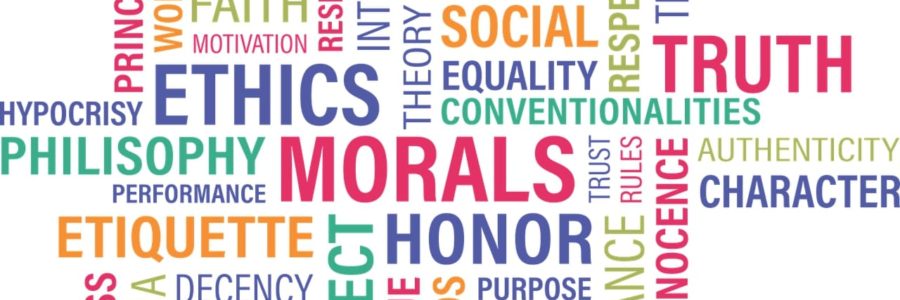Artificial Intelligence, Ethics and value loading problem
In order to discuss the problem of AI, Ethics and value loading,
let us consider the statement.
“I believe that harming animals is bad”
Now, that statement can mean something very different to a vegetarian than it does to an omnivore. Both people can honestly say that they don’t want to harm animals, but how they define “harm” is likely very different, and these types of differences in values are common between countries and cultures, and even just between individuals within the same town. And then we want to throw AI into the mix. How can we train AIs to respond ethically to situations when the people involved still can’t come to an agreement about what an ethical response should be?
The problem is even more complicated because often we don’t even know what we really want for ourselves, let alone how to ask an AI to help us get what we want. And as we’ve learned with stories like that of King Midas, we need to be really careful what we ask for. That is, when King Midas asked the genie to turn everything to gold, he didn’t really want everything — like his daughter and his food — turned to gold. And we would prefer than an AI we design recognize that there’s often implied meaning in what we say, even if we don’t say something explicitly. For example, if we jump into an autonomous car and ask it to drive us to the airport as fast as possible, implicit in that request is the assumption that, while we might be OK with some moderate speeding, we intend for the car to still follow most rules of the road, and not drive so fast as to put anyone’s life in danger or take illegal routes. That is, when we say “as fast as possible,” we mean “as fast as possible within the rules of law,” and not within the rules of physics or within the laws of physics. And these examples are just the tiniest tip of the iceberg, given that I didn’t even mention artificial general intelligence (AGI) and how that can be developed such that its goals align with our values.

What is Value Alignment?
Value alignment, in my view, is bringing AI’s goals, actions, intentions and decision-making processes in accordance with what humans deem to be the good or what we see as valuable or what our ethics actually are.
From the point of view of psychology, of course, I have to put the humans at the centre of my inquiry. So from that point of view, value alignment … You can think about it also in terms of humans’ relationships with other humans. But I think it’s even more interesting when you add artificial agents into the mix. Because now you have an entity that is so wildly different from humans yet we would like it to embrace our goals and our values in order to keep it beneficial for us. So I think the question of value alignment is very central to keeping AI beneficial.
Just to expand on what I said earlier: The project of value alignment is in the end creating beneficial AI. It’s working on what it means for something to be beneficial, what beneficial AI exactly entails, and then learning how to technically instantiate that into machines and AI systems. Also, building the proper Artificial Intelligence like social and political context for that sort of technical work to be done and for it to be fulfilled and manifested in our machines and AI’s.
For more details on Artificial Intelligence, Ethics and value loading problem.
Name: ETM Automation Pvt Ltd
Address: 115, City Centre, Behind Persistent Building, Hinjewadi, Phase – 1, Pune – 411057
CIN: U72900PN2018PTC177298
Contact: Sravan Mahesh Desai(MD), sravan@etmautomation.com, +91 9096975296
